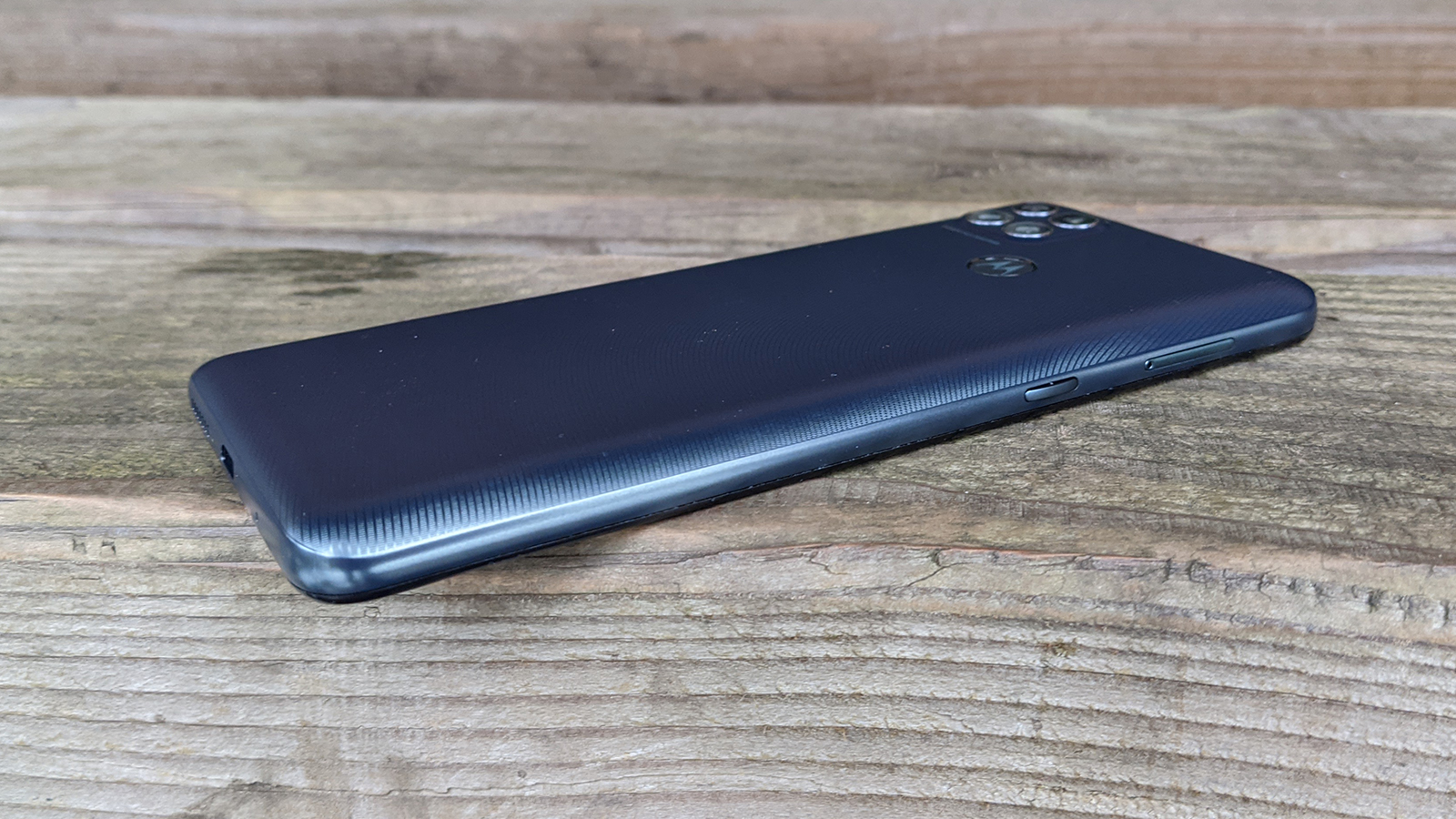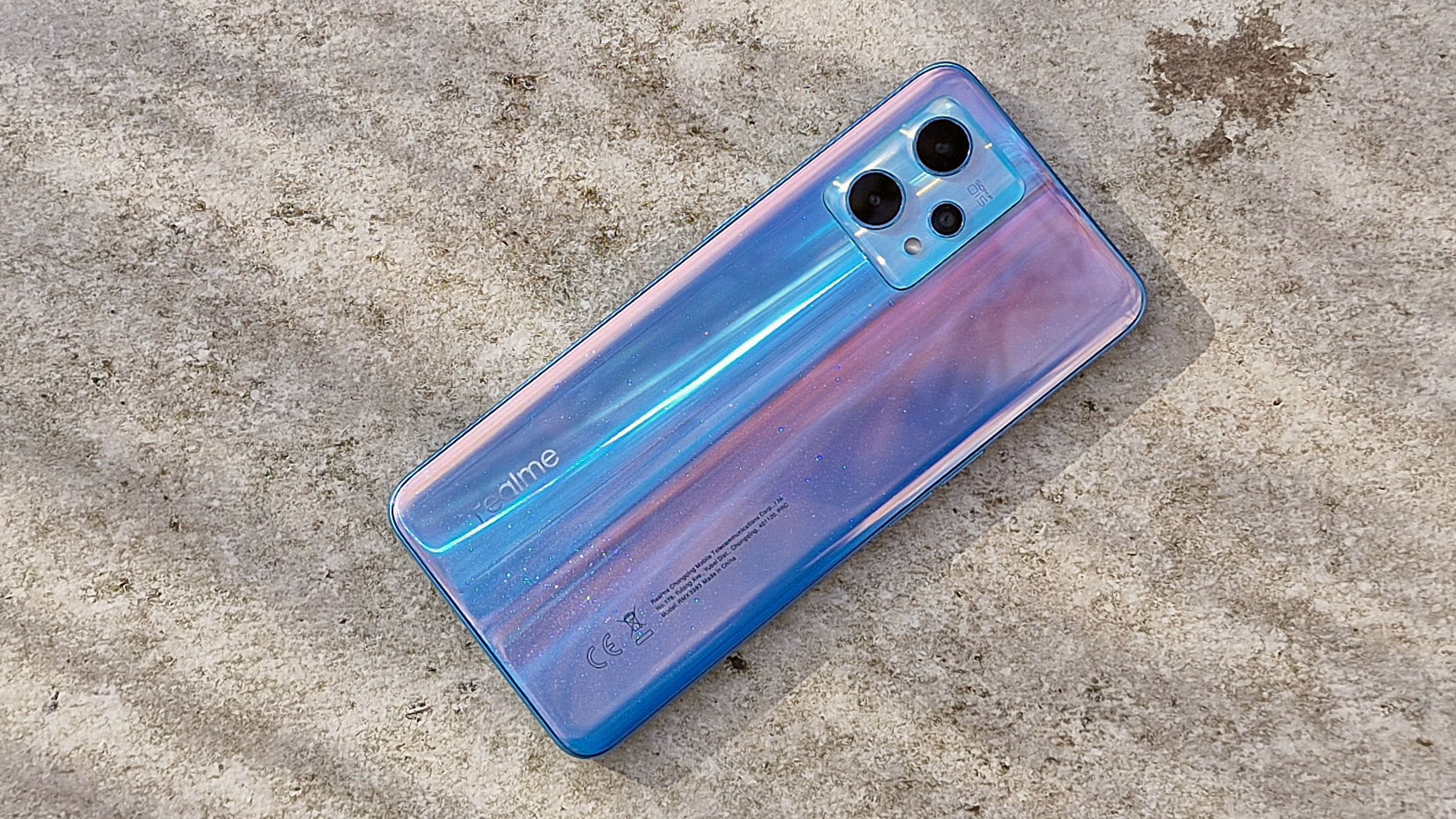5 reasons you should buy a cheap phone over an expensive one

If you're looking for a new phone, a key consideration is always budget – you want to buy the best phone you can afford. But maybe, even if you've got the money for a premium device, you should still opt for a cheap phone.
"Wait," you're probably thinking, "are you asking me to spend less than I'm able on my new phone?" Yes, I am – you're absolutely right.
You see, despite budget phones being weaker than premium ones in quite a few ways (obviously), there are a few departments in which they actually beat top-end models.
So we're going to run through some different areas in which cheap phones actually trump their pricier rivals.
1. It costs less money
Okay, we've got to start with the really, really obvious point. A cheap phone is – you guessed it – cheaper than an expensive one.
If you spend less on your phone, you've got more to spend on the best power banks, phone cases, charging cables, and so on. Plus, you've got extra for non-smartphone things. Y'know: bills, food, transport, and so on.
Smartphones operate on the rule of diminishing returns: a $400 smartphone is not twice as good as a $200 one, and a $1,200 phone isn't twice as good as a $600 version or four times better in any way than a $300 one.
Sign up for breaking news, reviews, opinion, top tech deals, and more.
So if you want the best bang for your buck, a budget mobile will get you there.

2. Much better battery life
Phones don't have great battery life sometimes: when you factor in features like 5G, high refresh rates, top-end processors, and so on, a giant battery can get worn down incredibly quickly.
But you know what cheap phones don't have? That's right – any of those features. If a phone is 4G-only, has a low-res screen, and only runs with a middling chipset, it uses the battery at a much slower rate. All of the longest-lasting smartphones are budget ones.
That's doubly the case when you consider that cheap phone makers like to use huge batteries in their phones - plenty have 5,000mAh power packs. Motorola has even used 6,000mAh ones in some phones, and certain Chinese rugged phone brands have gone even higher.
If you want a long-lasting phone, you've got to opt for a cheap handset with fewer features. It also makes such devices reliable for more extended periods.
3. Hardier designs
Glass has become one of the most commonly-used materials for smartphones – it adds to a premium-feeling build and looks good from all angles.
But you know what glass isn't? Durable. It can easily smash from an impact like a drop. It's also slippery, making glass phones harder to hold. Because of this, mid-range and premium phones are more susceptible to damage, even if brands slap silly marketing terms on them like 'Gorilla Glass Victus' or 'Ceramic Shield'.
Cheap phone makers generally stay away from glass. This is mainly because of cost, but it's beneficial for affordable phone fans because plastic is hardier.
A plastic phone is much more likely to survive a drop or hard knock, letting you avoid the experience of having to get your device repaired as often (or ever, hopefully).

4. Cooler chipsets
Cheap phones often have cooler chipsets. No, we don't mean 'sunglasses and Tommy Bahama shirt cool' - we mean temperature-wise.
Premium phones get top-end chipsets, which provide loads of processing power for tasks like games. An annoying side-effect of loads of power, though, is that these chips can get incredibly hot if you use them for long periods.
Counter-intuitively, this means that mid-range chips can be better for gaming if you like playing for extended amounts of time, and don't need the most top-end graphics available to you.
As you can imagine, budget phones often have weaker internals, so they generally don't have overheating issues, and are fine for gaming. Plus, in this day and age, you rarely find phones that are slow, even in the lower-cost market.
5. A bigger range of fingerprint scanners
There's a trend in the premium phone market towards in-screen fingerprint scanners, where the sensor for unlocking your phone is embedded under the display.
This is a fine way of unlocking your device for some, but if you prefer a back- or side-mounted scanner, you're mostly out of luck at the top end of the market.
That's not the case for cheap phones, though: you'll find those digit sensors all over the place in the lower end of the market. Some phones have them in-screen, others have them on one or both sides of the phone, while plenty have the scanner on the back.
So if you like tapping the rear of your phone to unlock it, or caressing the side of the device, instead of just tapping the screen, budget devices are, in fact, the best phones for you.

Tom Bedford joined TechRadar in early 2019 as a staff writer, and left the team as deputy phones editor in late 2022 to work for entertainment site (and TR sister-site) What To Watch. He continues to contribute on a freelance basis for several sections including phones, audio and fitness.